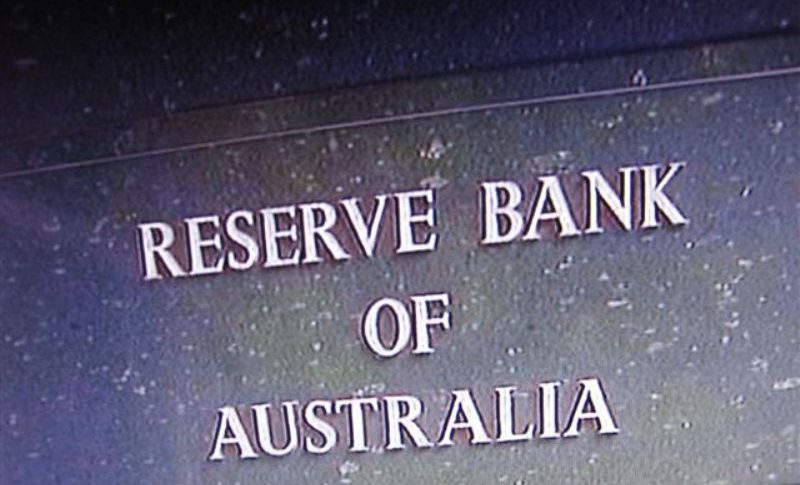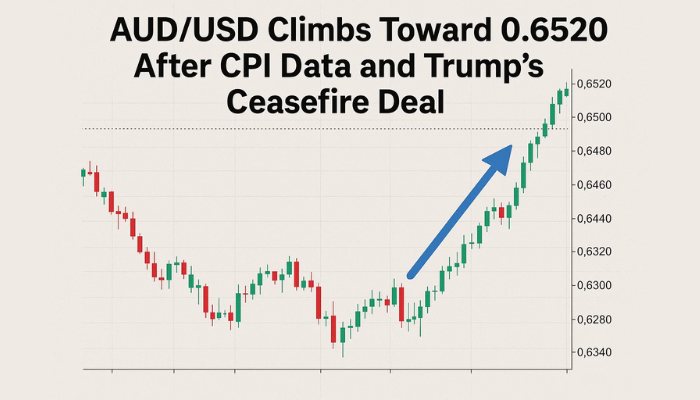AUD/USD to Dive Lower As RBA Stalls and Inflation Cools in Australia
The decline is escalating in AUD/USD and it is expected to continue as the FED remains on a tightening cycle while the RBA is stopping as in

The Australian Reserve Bank has raised interest rates 5 times since March, bringing them from 0.10% to 2.35%, as prices kept increasing. Although, AUD/USD has been on a downtrend since then, falling more than 10 cents, with moving averages acting as resistance on the weekly chart.
In the last two weeks, the decline has picked up pace as the FED continues to keep a strong tightening policy, raising interest rates by 0.75% in each meeting. FED president Jerome Powell hinted that the FED will continue to hike rates in the coming meetings, while in Australia the central bank hinted that they would stop with rate hikes, for the time being. Inflation pressures have eased in recent months, which justifies RBA’s stance.
AUD/USD Weekly Chart – Within Reach of the 0.65 Level

The decline is picking up pace
Digging into the analysis commentary from the S&P / Markit report has this:
- September data indicated that the recent interest rate hikes made by the RBA have begun to have the desired effect in terms of prices. Inflationary pressures have eased significantly, with rates of input and output cost inflation both dipping to seven-month lows.
- At the same time, the private sector has remained in expansion territory with the pace of growth even accelerating very slightly from August.
- On the negative side, the full effects of recent interest rate hikes will be lagged – taking a while to feed through onto consumer demand patterns and subsequent economic data. Should the RBA continue to increase the base rate further, the private sector economy may be at risk of heading into contraction territory in the future as disposable incomes across the nation tighten and overall demand conditions remain subdued. Latest survey data has already provided some evidence of this with the rates of expansion in output and demand only mild in September, and business confidence the lowest since the outbreak of the COVID-19 pandemic.
The drop in inflation pressure will be welcomed by the Reserve Bank of Australia. This is a lower-tier data release but nevertheless, if it’s confirmed at the final release (next week) it’s a negative development for the AUD. So, AUD/USD will continue to remain bearish, as the two central banks’ policies diverge.
AUD/USD Live Chart
- Check out our free forex signals
- Follow the top economic events on FX Leaders economic calendar
- Trade better, discover more Forex Trading Strategies
- Open a FREE Trading Account


